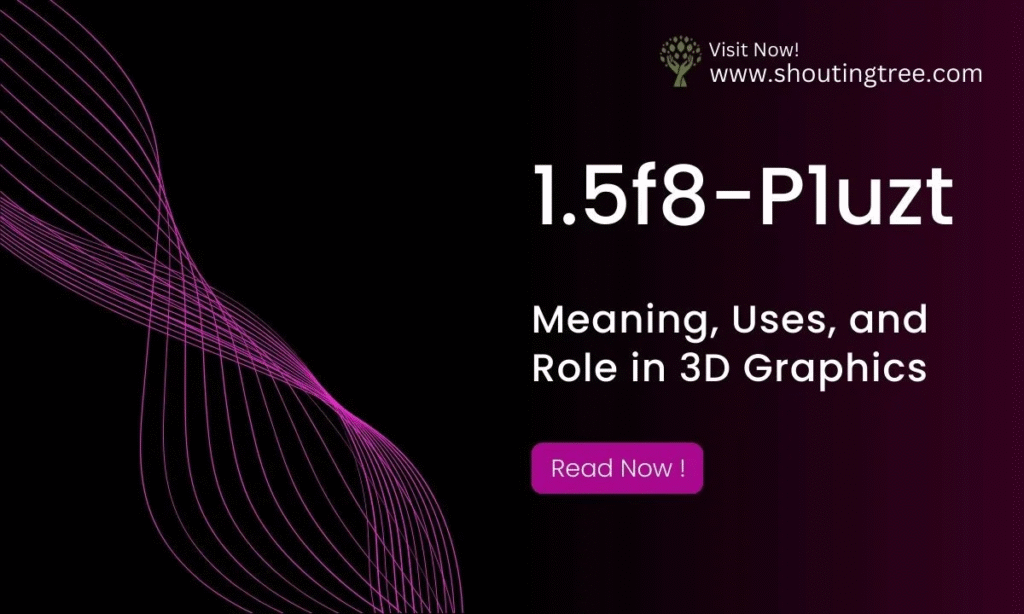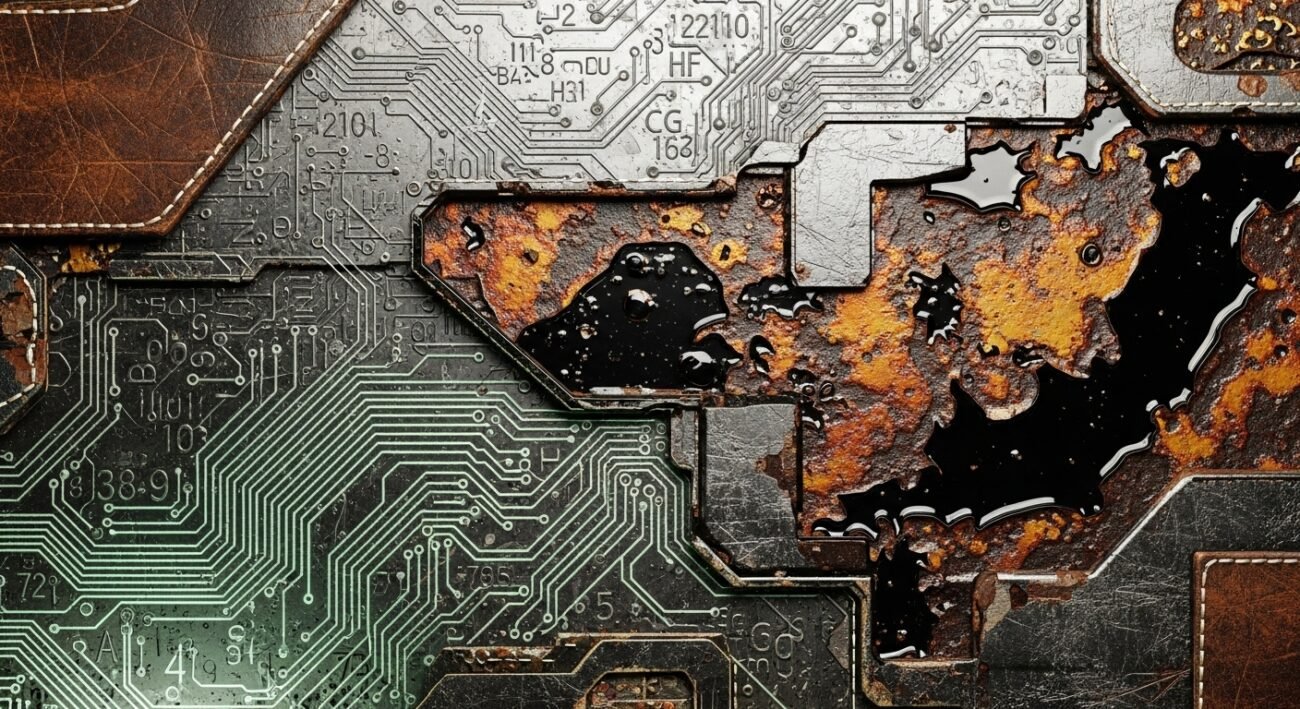What is the 1.5f8-p1uzt Texture?
The 1.5f8-p1uzt texture is a complex and intriguing concept within the realm of material science, characterized by its unique spatial arrangement and molecular structure. This texture emerges from a variety of physical and chemical processes, including crystallization, phase transitions, and molecular interactions. Its definition encompasses not only the appearance and feel of materials but also their behavior under various external conditions such as temperature and pressure. The essence of the 1.5f8-p1uzt texture lies in its ability to exhibit remarkable stability and flexibility, properties that make it distinct from other similar textures.
One of the defining features of the 1.5f8-p1uzt texture is its layered composition, which contributes to its durability and resilience. This is particularly evident in applications where materials are subjected to stress and strain. The ability of the 1.5f8-p1uzt texture to maintain structural integrity under duress is what sets it apart from other textural forms. The synchronization of molecular arrangements allows for enhanced performance, making this texture beneficial in various industrial applications, including composites and advanced polymer materials.
Moreover, the 1.5f8-p1uzt texture also exhibits processes of self-organization, where the constituents spontaneously arrange into ordered patterns. This phenomenon can significantly impact the thermal and mechanical properties of the material, a feature that is thoroughly researched and explored within scientific circles. Understanding these characteristics equips researchers and industry professionals with the knowledge to manipulate and harness the 1.5f8-p1uzt texture for specific applications. It opens up avenues for innovation, bridging the gap between theoretical concepts and practical implementations.
Applications of the 1.5f8-p1uzt Texture
The 1.5f8-p1uzt texture presents a range of applications across various industries, demonstrating its versatility and significance in materials science, textile manufacturing, and design. In materials science, the 1.5f8-p1uzt texture is instrumental in developing advanced composite materials that require specific mechanical properties. For instance, when integrated into polymer matrix composites, this texture can enhance the material’s strength and durability, making it suitable for aerospace and automotive applications. Case studies have shown that components manufactured with the 1.5f8-p1uzt texture exhibit superior performance under stress, leading to increased safety and efficiency in demanding environments.
In the textile manufacturing sector, the 1.5f8-p1uzt texture is widely used to create fabrics that offer both aesthetic appeal and functional benefits. Textiles featuring this unique texture exhibit enhanced moisture-wicking properties and improved breathability, making them popular choices for activewear and sports apparel. One notable example includes a leading sportswear brand that utilized the 1.5f8-p1uzt texture in a new line of running apparel, resulting in garments that keep athletes comfortable during high-performance activities. The successful incorporation of this texture has led to positive consumer feedback and significant sales growth.
Moreover, in the realm of design, the 1.5f8-p1uzt texture is increasingly embraced by interior designers and architects seeking to create spaces that are not only functional but also visually striking. By using this texture in wall coverings, furniture, and decorative elements, designers are able to introduce depth and interest to their projects. The texture’s ability to reflect light in unique ways allows for dynamic interior environments that can adapt to varying lighting conditions. As demonstrated through various design exhibitions, the incorporation of the 1.5f8-p1uzt texture has elevated the aesthetic outcomes of numerous projects, showcasing its potential to enhance both form and function.
Comparative Analysis: 1.5f8-p1uzt Texture vs. Other Textures

The 1.5f8-p1uzt texture stands out distinctly from a variety of commonly known textures, each characterized by their unique physical properties and functionalities. Understanding these differences can offer insights into their practical applications and benefits in various contexts.
One of the primary contrasts is observed when comparing the 1.5f8-p1uzt texture with conventional smooth textures. While smooth surfaces typically provide ease of maintenance and aesthetic appeal, the 1.5f8-p1uzt texture offers enhanced grip and traction. This characteristic makes it a favored choice in environments where safety and control are paramount, such as in industrial settings or on outdoor surfaces where slipping can pose hazards.
Additionally, the tactile experience of the 1.5f8-p1uzt texture can be rich and engaging, unlike softer or more fluid textures that can often feel sleek but lacking in substance. The tactile feedback provided by the 1.5f8-p1uzt texture engages users cognitively and physically, creating a more immersive interaction especially in product design and user interfaces. Conversely, it might not be suitable for products where a minimalist or ultra-smooth finish is required, illustrating the contextual versatility of texture applications.
When considering aesthetic values, the 1.5f8-p1uzt texture can lend a rugged or robust appearance to designs, contrasting significantly with the delicate elegance of textures such as silk or satin. Designers and architects may choose the 1.5f8-p1uzt texture to evoke a sense of durability and reliability in their work, thereby aligning the texture’s benefits with the intended message of strength in design.
In conclusion, the 1.5f8-p1uzt texture presents distinctive advantages in terms of grip, tactile engagement, and visual impact compared to other textures. Its unique properties may necessitate its selection based on specific functional requirements and design intentions, shaping the way users interact with various products across industries.
Future Trends Involving the 1.5f8-p1uzt Texture
As industries continue to evolve, the 1.5f8-p1uzt texture is poised to play a significant role in driving innovations across various sectors. This texture, characterized by its unique interactions and versatility, is making waves in fields such as materials science, fashion, and digital design. With advancements in technology, there is a growing potential for the application of the 1.5f8-p1uzt texture to expand beyond traditional uses, opening new avenues for creativity and functionality.
Emerging technologies such as 3D printing and computer-aided design are enhancing the capabilities of designers and engineers, enabling them to integrate the 1.5f8-p1uzt texture into their projects more efficiently. Consequently, we can anticipate a surge in customization options, allowing products to reflect individual preferences while maintaining structural integrity and aesthetic appeal. Additionally, the combination of this texture with smart materials could lead to revolutionary products that adapt to environmental changes, thereby improving user experience and performance.
Moreover, sustainability trends are expected to influence the application of the 1.5f8-p1uzt texture as industries increasingly seek eco-friendly alternatives. This texture’s potential for being crafted from recycled materials could align well with corporate social responsibility goals, fostering a circular economy. As consumers become more environmentally conscious, demand for innovative products that utilize the 1.5f8-p1uzt texture, which minimize waste and energy consumption, will likely rise.
Furthermore, the integration of artificial intelligence and data analytics is anticipated to enhance the development and utilization of the 1.5f8-p1uzt texture within industries. By leveraging data-driven insights, companies might predict trends and consumer preferences accurately, tailoring the properties of this texture to better meet market demands. Thus, the future of the 1.5f8-p1uzt texture seems promising, ushering in new opportunities for exploration and creativity.
